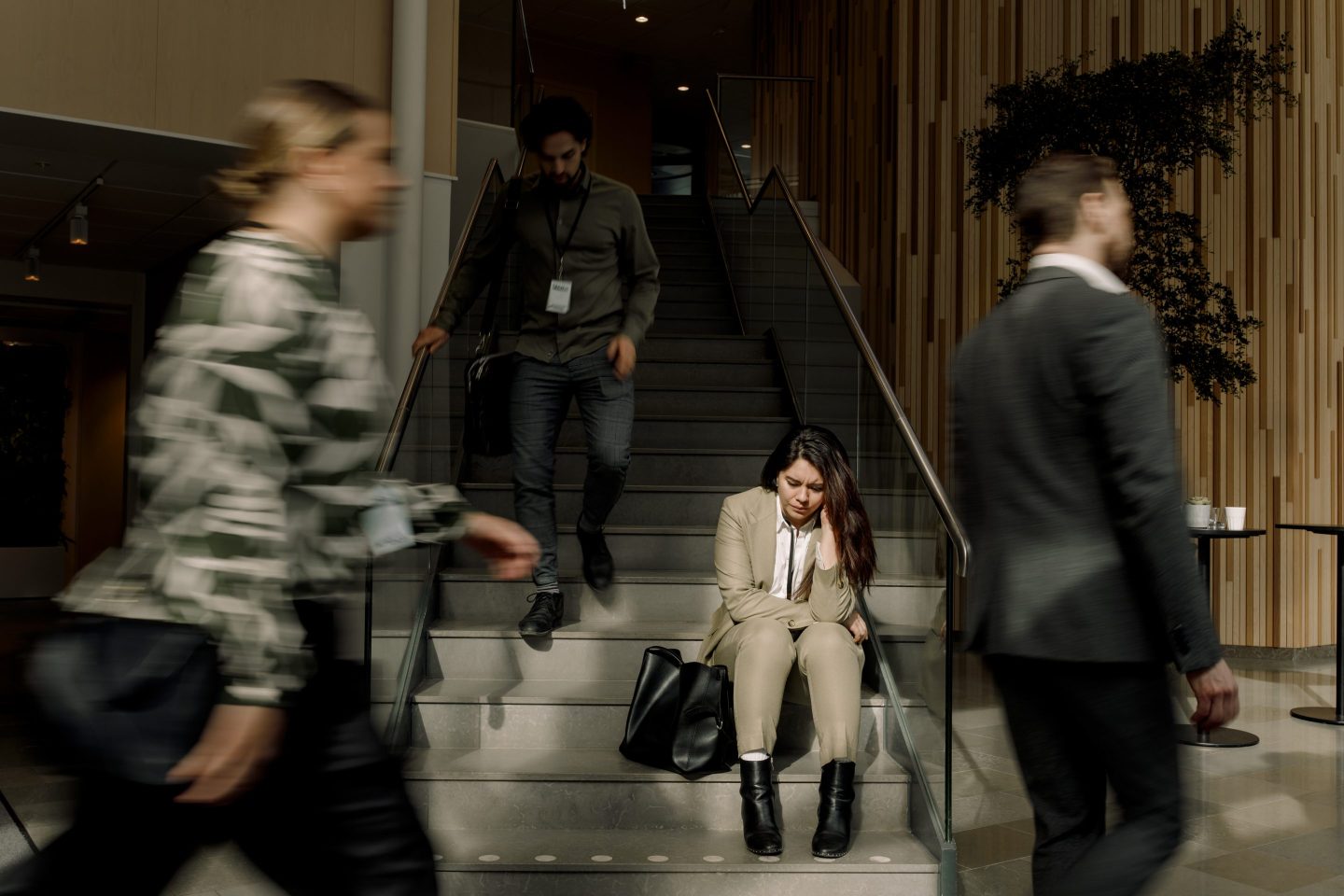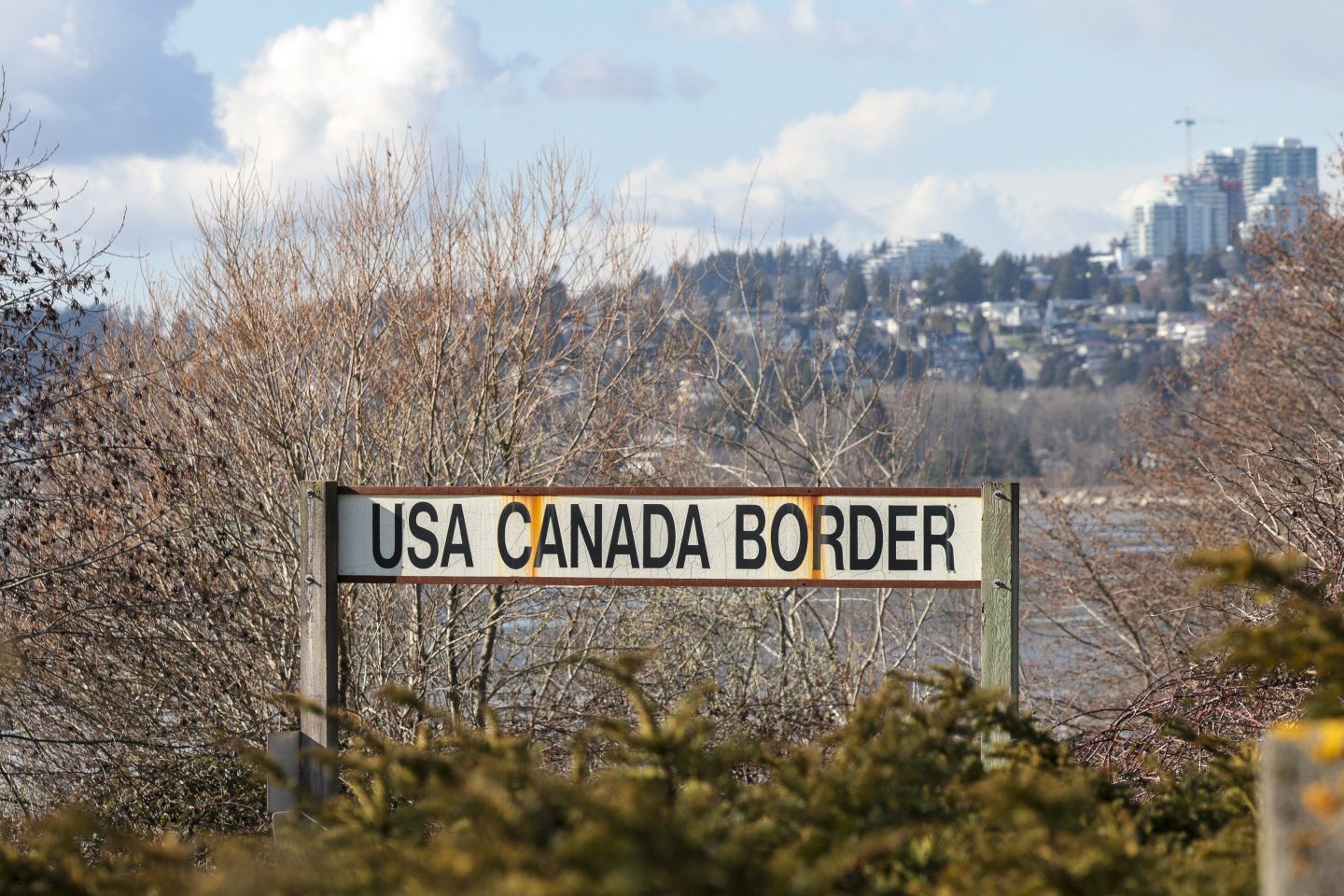It is easy to imagine the broken bones and nasty skin infections that come from wading through deep flood waters. We have seen these images from Hurricane Katrina and Superstorm Sandy, and now we see them again with Hurricane Harvey. We have likewise seen the dramatic rescues and brave actions of first responders and disaster assistance teams helping those patients. As a nurse who has had the privilege to work in disaster response for over a decade, I have witnessed the incredible care that is provided during the first days of a disaster.
However, there are important things we do not see flood victims carrying. They often have to leave behind medications in their refrigerator—life-saving medicines like insulin that must be kept chilled to be administered. Dialysis machines and oxygen concentrators on which they depend are not easily moved—or replaced. In the best case, that life-saving equipment became useless when the power went out; in the worst, their delicate electronics were swamped with muddy water.
People living with chronic health conditions need regular access to health care, and they also need careful monitoring and adherence to medical treatments to keep them under control. In Texas right now, therapy offices, health care centers, and dialysis treatment facilities are all closed and closing, leaving thousands without access to these treatments, and in many cases, limited access to emergency care. MD Anderson Cancer Center, one of the leading cancer treatment centers, is closed to outpatient visits until at least Friday, if not longer, leaving multiple cancer patients without needed chemotherapy. Cancer treatments were severely impacted after Hurricane Katrina as well. While little systematic data exist, there are stories of New Orleans cancer patients scrambling to find treatment in other locales.
For individuals with kidney failure, dialysis must be performed three to four times per week for four hours at a time in order to keep the body functioning. This week in Texas, hundreds of patients were waiting for this life-sustaining treatment, with many reporting going days without dialysis. Those who were able to receive it were receiving shortened dialysis sessions of two hours each, just enough to keep them out of danger for the short term.
Some scrambling is unavoidable in a disaster—nothing is fully predictable about a hurricane. But there have been 1,200 disasters requiring federal intervention in the U.S. in the last decade, and we are just now beginning to learn some lessons.
During Hurricane Katrina, where 94 dialysis facilities were closed after the storm due to loss of power or flooding, over 6,000 dialysis patients were affected. One study found that those who missed three or more dialysis visits because of Katrina were twice as likely to be hospitalized in the month after the hurricane. However, lessons learned from Katrina were applied during Sandy in New Jersey—where 60% of dialysis patients received treatment in advance of the storm. This smart action prevented hospitalizations and deaths.
But we have not learned nearly enough. My colleagues and I recently showed that hospitalizations among older adults after one disaster—the 2011 southeast superstorm—were still much higher than normal 30 days later. This was true even after we excluded the first three days of the disaster, when most of the immediate cuts and broken bones would have been taken care of.
To be sure, another disaster on this scale will occur in the coastal U.S. After all, Harvey is the third “500-year flood” to hit Houston in the past three years. We need more tools to help those who were already ill before the disaster struck. Some of these tools are already in place.
RxOpen is a free, web-based interactive map of open pharmacies in disasters. Hospitals around Baton Rouge, La. are encouraging displaced cancer patients to seek temporary care there. These early lessons learned from Hurricane Katrina will undoubtedly save some lives in the current Texas flooding. But a systematic focus not just on the initial injuries, but on ongoing chronic care needs, during a disaster is urgently needed.
Sue Anne Bell is a clinical associate professor at the University of Michigan.










